More Stories
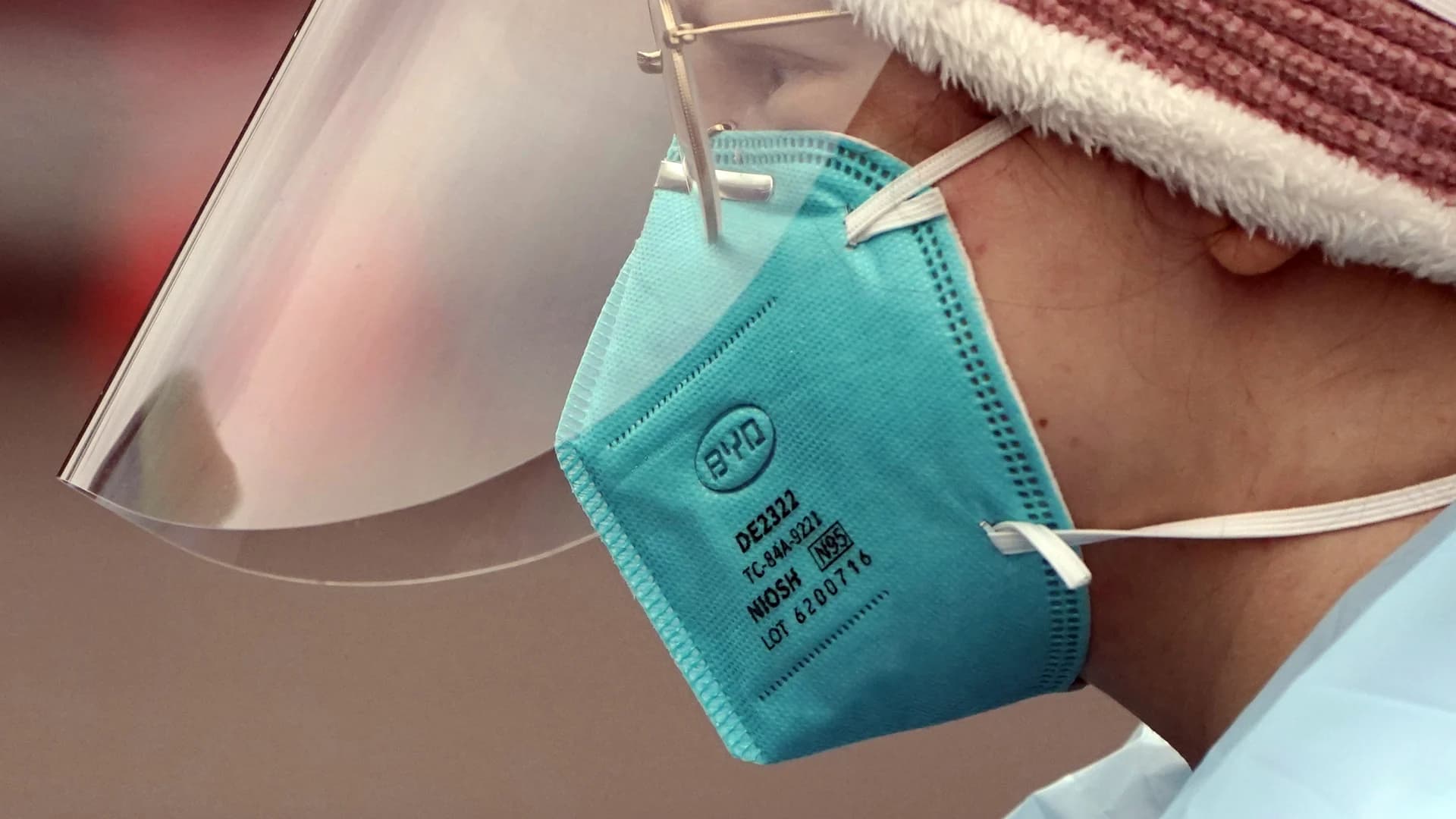
With COVID-19 cases surging over the past couple of weeks,
the Centers for Disease Control and Prevention has released updated guidance on
what masks we should be wearing.
Learn more about what masks the CDC and health care
providers recommend below from Dr. Daniel Griffin:
Unfortunately, because of high demand, some masks may not be
legitimate or officially meet international standards. The CDC estimates that
60% of KN95 masks, the most widely available respirators that meet an
international standard, sold in the U.S. are fake.
The CDC recommends that people be cautious of products that
are listed as “legitimate” or “genuine,” if there are price swings and to look
at reviews when buying masks from a third-party market or unfamiliar website.
Other precautions include website errors, such as typos and broken links, and
if the masks are advertised to have “unlimited stock.”
If you’re in the market for an N95 or KN95 mask, the CDC
said some other indicators that it’s a counterfeit include:
1. No markings at all on the filtering facepiece respirator.
2. No approval (TC) number on filtering facepiece respirator
or headband.
Example of the correct exterior markings on a NIOSH-approved
filtering facepiece respirator
3. No NIOSH markings - NIOSH stands for National Institute
for Occupational Safety and Health.
4. NIOSH spelled incorrectly.
5. Presence of decorative fabric or other decorative add-ons
(e.g., sequins).
6. Claims of approval for children (NIOSH does not approve
any type of respiratory protection for children).
7. Filtering facepiece respirator has ear loops instead of
headbands.
You can also check the CDC website HERE for a list of
NIOSH-approved N95 face masks.
If you find certain N95s difficult to wear for long periods,
experts suggest exploring the different shapes and styles available to see what
works best for you.
More from News 12
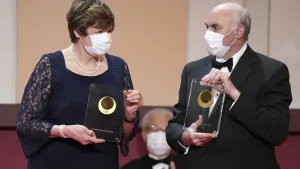
Nobel in medicine goes to 2 scientists whose work enabled creation of mRNA vaccines against COVID-19
1:25
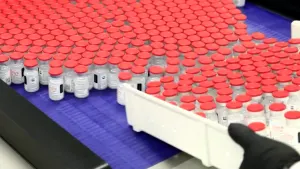
Pharmacies say they have not received orders for newest COVID booster
0:21
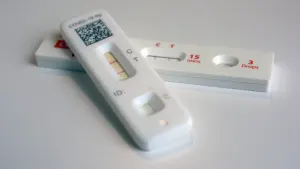
Biden administration announces $600M to produce COVID tests and will reopen website to order them
0:41
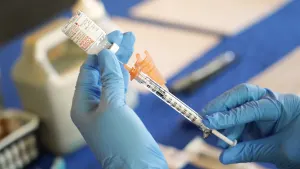
Gov. Hochul: Updated COVID-19 vaccine to be available in NY in the coming days
2:13
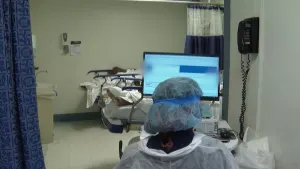
NYSDOH: COVID numbers up with new variant accounting for 17% of new cases
2:30
